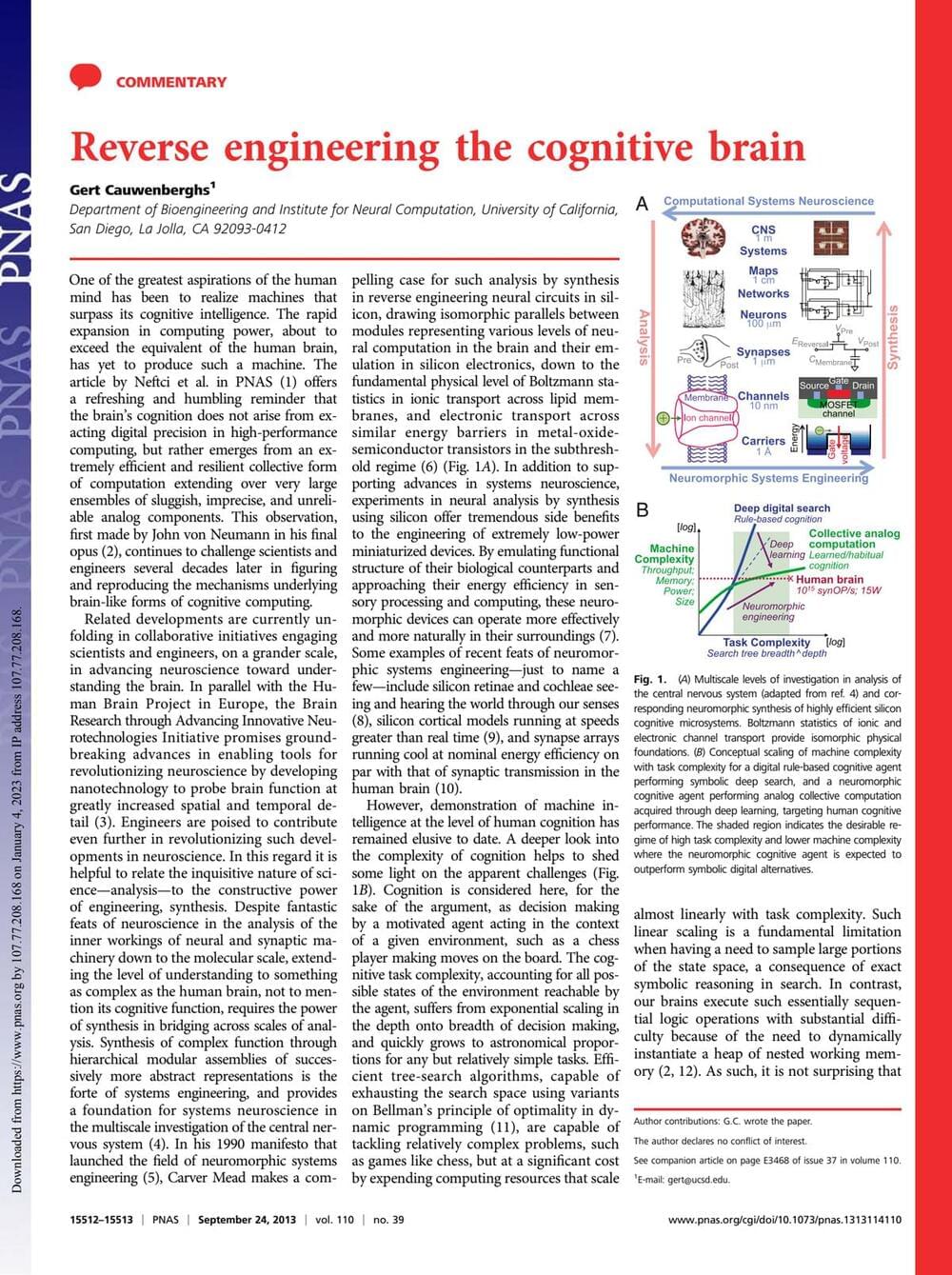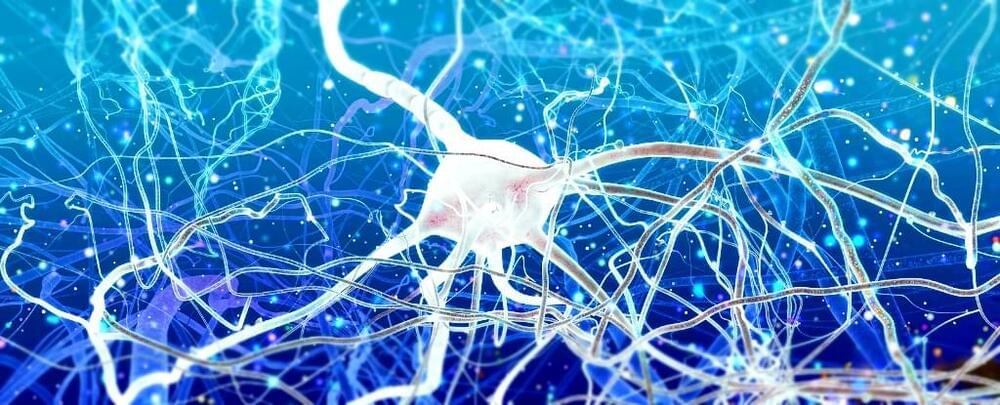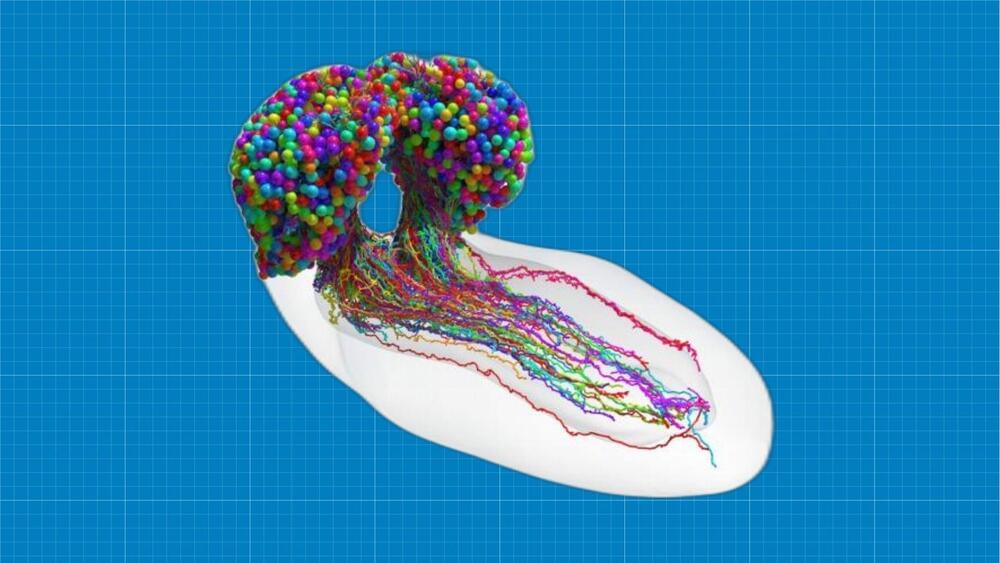Reverse engineering the cognitive brain.
Dropbox is a free service that lets you bring your photos, docs, and videos anywhere and share them easily. Never email yourself a file again!


Through a vast network of nerve fibers, electrical signals are constantly traveling across the brain. This complicated activity is what ultimately gives rise to our thoughts, emotions, and behaviors – but also possibly to mental health and neurological problems when things go wrong.
Brain stimulation is an emerging treatment for such disorders. Stimulating a region of your brain with electrical or magnetic pulses will trigger a cascade of signals through your network of nerve connections.
However, at the moment, scientists are not quite sure how these cascades travel to impact the activity of your brain as a whole – an important missing piece that limits the benefits of brain stimulation therapies.
Quantum consciousness microtubules.
Share your videos with friends, family, and the world.
Details
The goal of brain imaging is to provide in-vivo measures of the human brain to better understand how the brain is structured, connected and functions.
In this talk, we will discuss how to analyze brain imaging data in order to make sense of the large amount of data that comes out of the scanner.
👤 **About the speaker**
[Dr. Camille Maumet](https://twitter.com/cmaumet) is a research scientist in neuroinformatics at Inria, Univ Rennes, CNRS, Inserm in Rennes, France.
Her research focuses on the variability of analytical pipelines and its impact on our ability to reuse brain imaging datasets.
She obtained her PhD in computer science at the University of Rennes on the analyses of clinical neuroimaging datasets in functional magnetic resonance imaging and.
arterial spin labelling. She was then a postdoctoral research fellow in the Institute of Digital Healthcare at the University of Warwick and the University of Oxford.
where she focused on meta-analyses and standards for neuroimaging data sharing. She is also an open science advocate.
involved in the development of more inclusive research practices and community-led research and participates in many collaborative efforts including Brainhack.
the INCF, and the Open Science Special Interest Group of the Organization for Human Brain Mapping that she chaired in 2020.
–
[Nipype Tutorial](https://miykael.github.io/nipype_tutorial/)
–
Annual Brain Imaging Events:
[OHBM Brainhack (Brain Hackathon) June 16–18](https://ohbm.github.io/hackathon2022/)[registration via](https://www.humanbrainmapping.org/i4a/ams/meetings/index.cfm…ageID=4073)
- [OHBM Open Science Room (Discussions around open science practices & brain imaging)](https://ohbm.github.io/osr2022/)
After 12 years of work, a huge team of researchers from the UK, US, and Germany have completed the largest and most complex brain map to date, describing every neural connection in the brain of a larval fruit fly.
Though nowhere near the size and complexity of a human brain, it still covers a respectable 548,000 connections between a total of 3,016 neurons.
The mapping identifies the different types of neurons and their pathways, including interactions between the two sides of the brain, and between the brain and ventral nerve cord. This brings scientists closer to understanding how the movements of signals from neuron to neuron lead to behavior and learning.

How does the brain retrieve memories, articulate words, and focus attention? Recent advances have provided a newfound ability to decipher, sharpen, and adjust electrical signals relevant to speech, attention, memory and emotion. Join Brian Greene and leading neuroscientists György Buzsáki, Edward Chang, Michael Halassa, Michael Kahana and Helen Mayberg for a thrilling exploration of how we’re learning to read and manipulate the mind.
The Kavli Prize recognizes scientists for their seminal advances in astrophysics, nanoscience, and neuroscience — topics covered in the series “The Big, the Small, and the Complex.” This series is sponsored by The Kavli Foundation and The Norwegian Academy of Science and Letters.
Participants:
Michael Halassa.
Edward Chang.
Michael Kahana.
Helen S. Mayberg.
György Buzsáki.
Moderator:
Brian Greene.
SHARE YOUR THOUGHTS on this program through a short survey: https://survey.alchemer.com/s3/6752217/WSF-2022-Decoding-the-Brain.
WSF Landing Page Link: https://www.worldsciencefestival.com/programs/decoding-the-brain/
The formula for rational thinking explained by Harvard professor Steven Pinker.
Up next, The war on rationality ► https://youtu.be/qdzNKQwkp-Y
In his explanation of Bayes’ theorem, cognitive psychologist Steven Pinker highlights how this type of reasoning can help us determine the degree of belief we assign to a claim based on available evidence.
Bayes’ theorem takes into account the prior probability of a claim, the likelihood of the evidence given the claim is true, and the commonness of the evidence regardless of the claim’s truth.
While Bayes’ theorem can be useful for making statistical predictions, Pinker cautions that it may not always be appropriate in situations where fairness and other moral considerations are important. Therefore, it’s crucial to consider when Bayes’ theorem is applicable and when it’s not.
0:00 What is Bayesian thinking?


Perhaps, human consciousness can be fully understood one day.
Researchers from Johns Hopkins and Cambridge universities have created the first-ever map of the wiring patterns of every neuron in the fruit fly larval brain.
Neurons in an organism’s nervous system, including the brain, are linked to one another by synapses.
University of Cambridge.
The meticulously created connectome, which took 12 years to complete, depicts the locations of all 3,016 neurons in the fruit fly larval brain (Drosophila melanogaster). The 548,000 synapses that connect those brain cells allow the cells to communicate chemically with one another, which in turn causes electrical signals to be sent through the wiring of the cells.